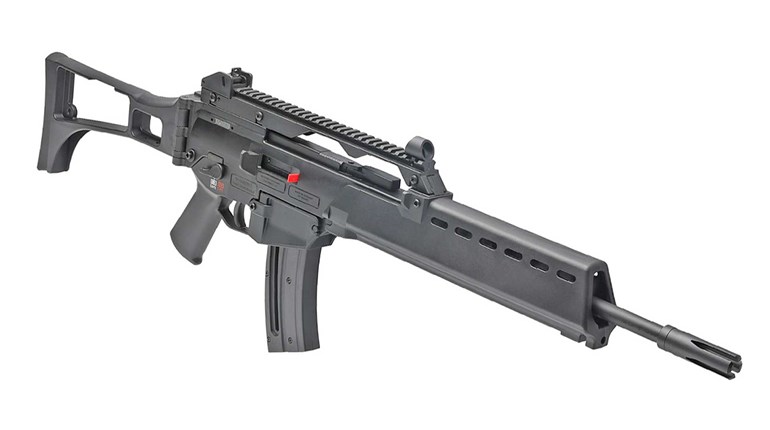
Everyone wants to participate in high speed training. You know, the training the SWAT guys, military special forces and other top tier outfits receive. Looking over the training landscape it appears this training is generally provided by “operators” during weekend classes and involve firing thousands of rounds.
And while this may be great fun and probably has some value, it likely fails to mention the secret I’m about to reveal, the true key to high speed training: High speed, low drag is nothing more than basics applied to a problem. Whether you’re in your home, a dark alley, fast roping from a helicopter, or, in my case once, hanging onto a boxcar ladder with one hand, when it comes to you there are only three things you need to do.
First, look at the sights, control the trigger and follow through.
The ability to use these three elements every time you fire a shot are the mark of an expert shooter, a successful hunter or the winner in a gunfight. So, what are we talking about?
We know the only way to consistently make good hits is through the use of the sights. Aligning the front and rear sights while focusing on the front sight or looking at the red dot or reticle to align it with the point of aim, where we want the bullet to strike, is what we’re after.
Second comes controlling the trigger in such a way that the shot will break without moving the sights off the point of aim. Call it pressing or pulling the trigger, or even, in the case of Rob Leatham, slapping the trigger without moving the sights.
Third comes follow through, staying on the sights as the shot fires rather than lifting the head off the sights and looking for the hit.
Failing to apply these elements result in misses, poor hits or losing the fight. It’s a simple as that. The problem is, we want to look at the target or threat, the animal or enemy we are trying to hit, and in our haste convulsively tighten the hand, press the trigger poorly and look for a bullet hole rather than trusting the sights.
These three things—look at the sights, control the trigger, and follow through—must be so deeply embedded you will do them every single time you shoot, regardless of the circumstances. Everything else involves nothing more than applying these elements while solving your problem. Shooting and moving, moving while shooting, shooting at moving targets or shooting under stressful conditions are those “high speed” skills you can learn with practice, but they all rely upon applying the basics if you’re to be successful.
There you go, it’s just that simple…or is it?






































